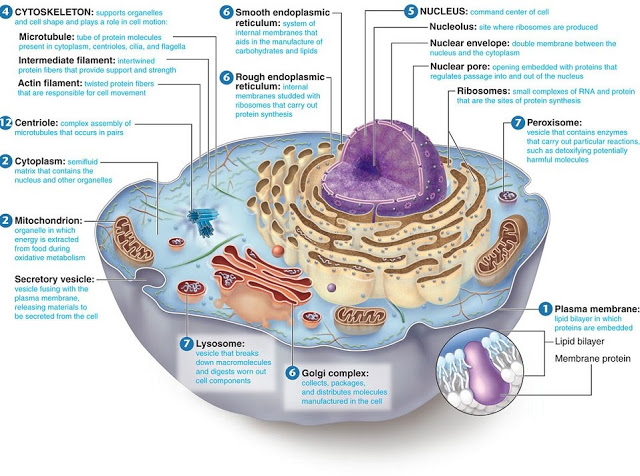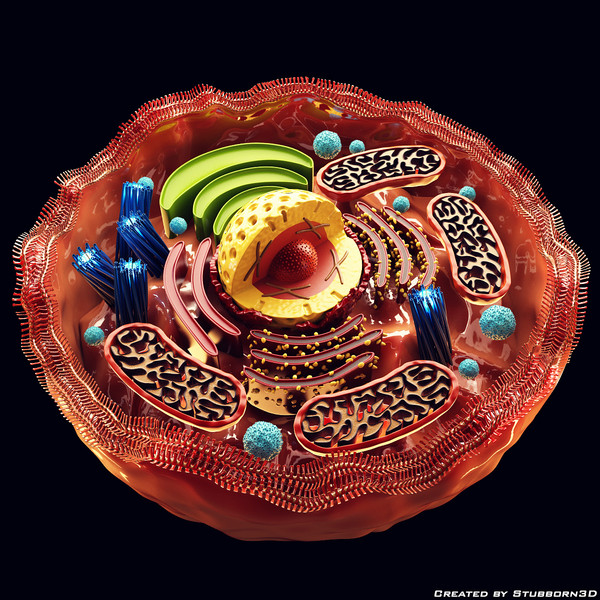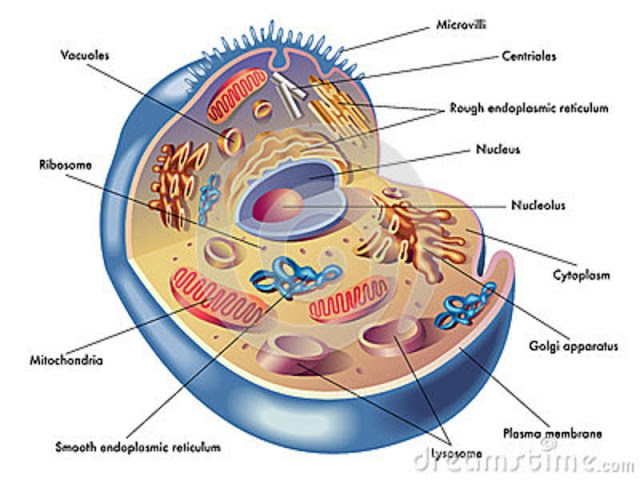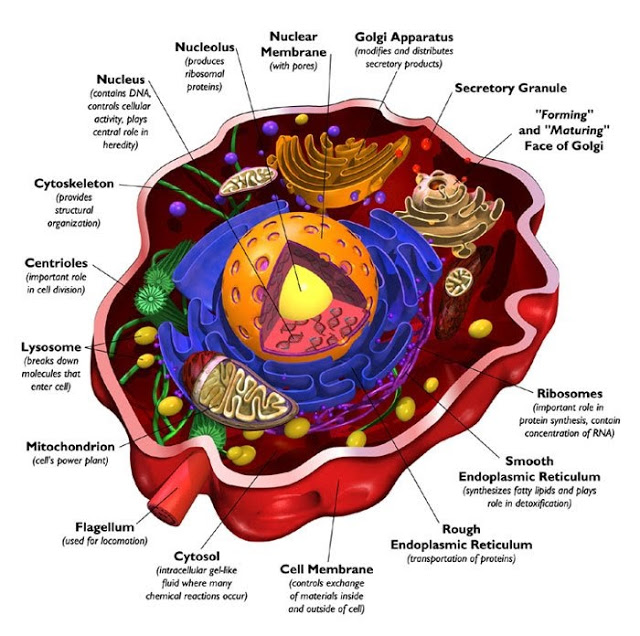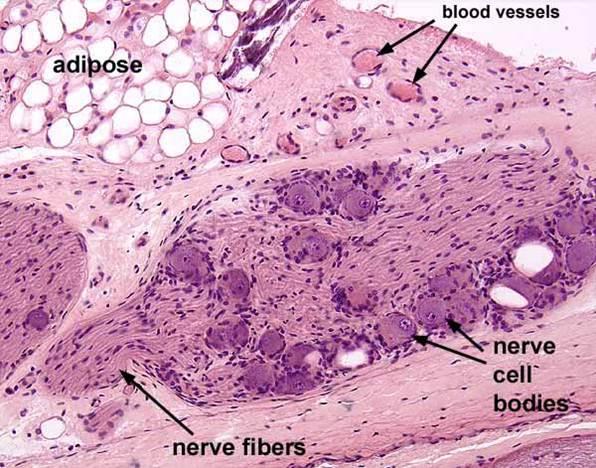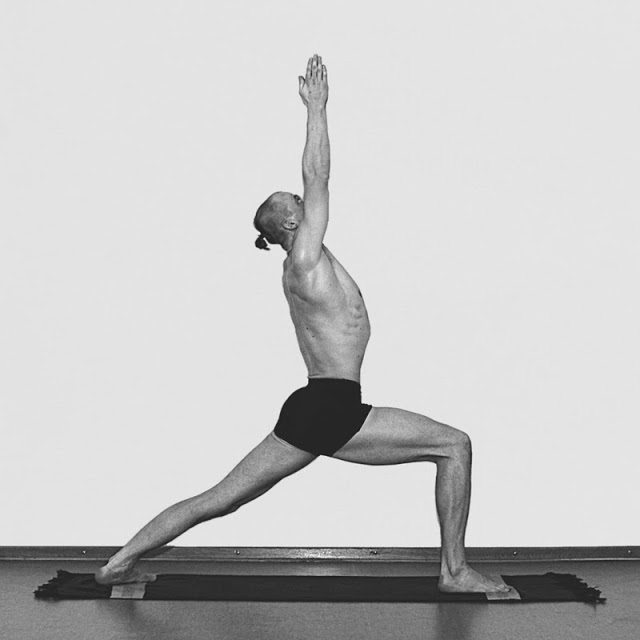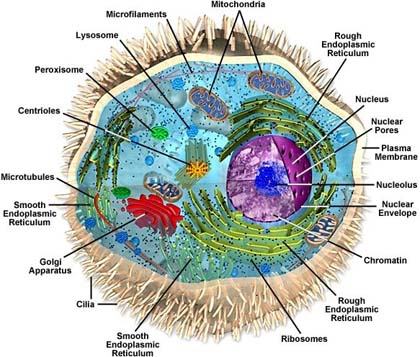
(http://www.alexcanazei.yoga/2013/08/12/biology-and-union/)
There are 3 common parts in all our cells:
1- Nucleus: it controls the cellular processes and contains the genetic code
2- Cytoplasm: it’s a fluid substance filling the cell, it’s the support for the organelles (small cell’s internal organs)
3- Plasma membrane: it’s the membrane separating the internal from the external environment
You have seen some of the trillions of cells constituting your body, i’ve put more images so you can make an idea, in 2 of them there are short descriptions of the organelles functions.
Cells are the smallest living unit, they’re a very small replica of your body (or maybe your body is a big replica of your cells?), with a central processing unit (nucleus), different organs to achieve all the necessary functions (organelles) and something holding all together (plasma membrane)… you are a bit more complicated but you have a central processing unit (brain plus nervous system), different organs necessary for your life (heart, lungs, liver, stomach, glands and so on) and something holding all together (the external lining is the skin but you have connective tissue absolving this function as well). Exactly as you need food to survive, your cells need to acquire some kind of nutrients and at the same time to expel waste. Cells live and die, they are constantly replaced by new cells, they need to reproduce… same as we do on the planet, we keep reproducing otherwise we would disappear in some time!
I want you to focus on this fact: even at the root of life, at the cellular level 2 distinct and opposite forces are working together :
1- the first is related to the source of energy (food, nutrients, oxygen) coming in and to the force principle behind the acquisition of these nutrients, we call it prana
2- the second is related to the waste physiologically resulting from metabolic processes (easy words: daily activities) going out and to the force principle behind the elimination of the waste, we call it apana
The cell membrane is the perfect example of a structure balancing prana and apana, it contains the cell in while leaving the world out, it lets nutrients and required substances come in while it lets waste and unwanted substances go out… at this level everything is a kind of fluid, the cell membrane is a balance of containment and permeability, it protects while permitting something to pass through… if this barrier was too strong the cell would die by starvation (not enough nutrients coming in) or intoxication (too much unexpelled waste), if the barrier was too loose… well, can you imagine the liquid cytoplasm spilling out?
This 2 concepts together, integrity and permeability, are again fundamental in nature and yoga philosophy…
in sanskrit we say
1- sthira: steadyness, firmness
2- sukha: gentleness, softness, comfortable
I would say that yoga is very deeply connected with these 2 concepts, yoga as all the idea of life in general.
Try this exercise:
– sit comfortably
– close your eyes
– try to sit with the spine straight, shoulders relaxed, chin parallel to the floor, palms up, on your knees, thumb and index finger touching together
– connect your mind with your body by simply being aware of your breath, aware of the air coming in when you inhale, aware of the air going out while you exhale
– now, without doing nothing in particular, just holding this pose and being aware of your body sensations, try to connect with your spine, can you feel an upward movement of the spine (if you can’t feel the spine, maybe you can feel the torso or your muscles expanding) while you breath in? can you feel this sensation or this movement as an expansion? as an elongation? as an activation?
– now breath out… can you feel the effects of this exhalation on your spine? can you feel it shortening? can you feel your body relaxing while you breath out? can you feel a sense of deepening?
Did you feel it? On inhalation the pranic force is acting, on exhalation apanic force is acting, on inhale sthira is happening, on exhale sukha is happening… all your life should be a perfect balance between the 2, between containment and permeability, rigidity and plasticity, boundaries and space, between the “apparently” opposite attitudes “never surrender” and “always let go“.
Life is a continuous mix and play of these 2 forces, almost all the original cultures noticed it and integrated in their knowledge as the chinese did with the yin-yang theory… here we risk to go in a side track, better to talk of it in a following post!
Coming back to our yoga practice… Patanjali in his Yoga Sutras (2.46) gives only these words to describe the physical postures of yoga

